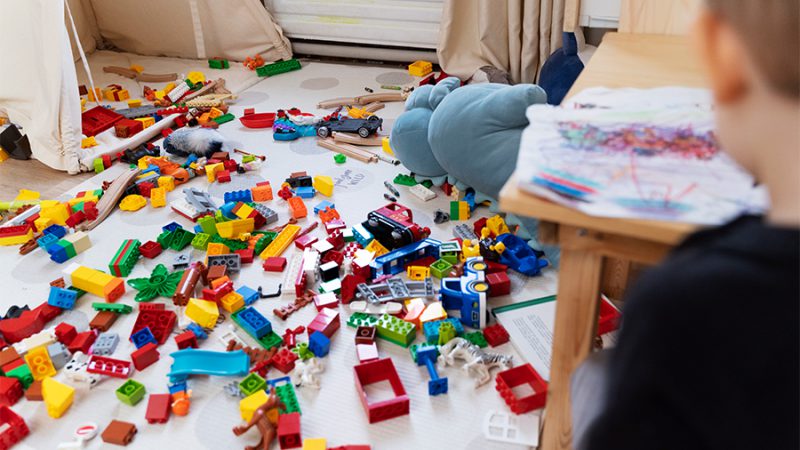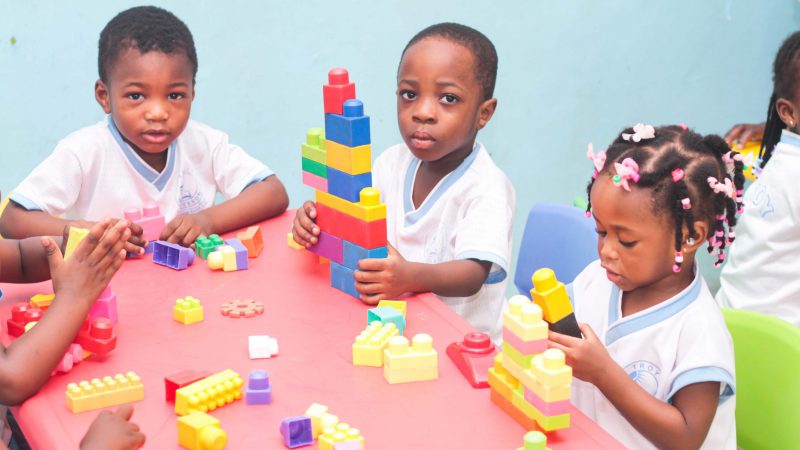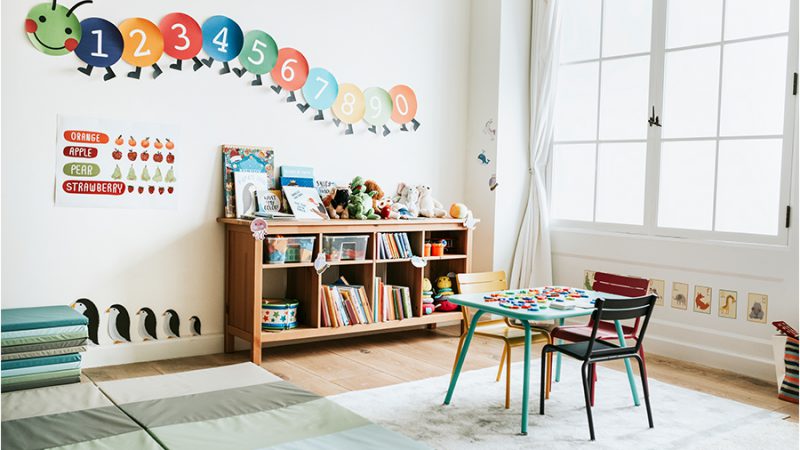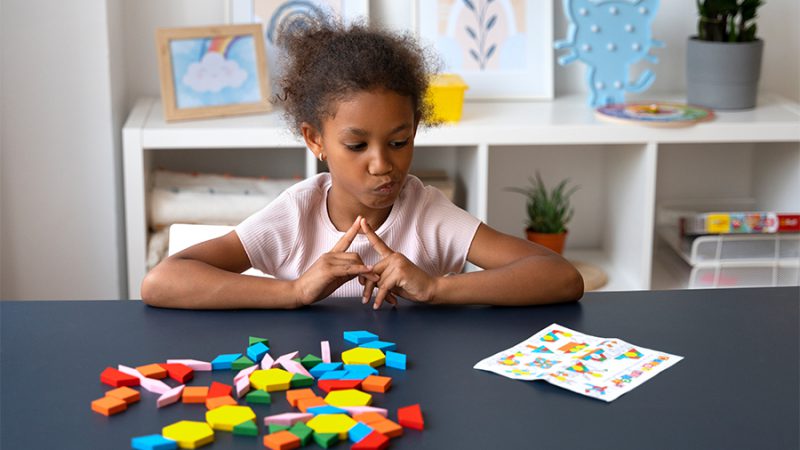
History of Montessori education
Following her medical training, Maria Montessori began developing her educational philosophy and methods in 1897, attending courses in pedagogy at the University of Rome and learning educational theory.[7]: 60 While visiting Rome’s mental asylums during her schooling with a teacher, Montessori observed that confined children were in need of more stimulation from their environment.[8] In 1907, she opened her first classroom, the Casa dei Bambini, or Children’s House, in a tenement building in Rome.[7]: 112 From the beginning, Montessori based her work on her observations of children and experimentation with the environment, materials, and lessons available to them. She frequently referred to her work as “scientific pedagogy“.
In 1901, Maria Montessori met the prominent education reformers Alice and Leopoldo Franchetti.[9] Maria Montessori was invited to hold her first course for teachers and to set up a “Casa dei Bambini” at Villa Montesca, the home of the Franchettis in Città di Castello. Montessori lived with the Franchettis for two years and refined her methodology together with Alice Franchetti. In 1909, she documented her theories in Il metodo della pedagogia scientifica (later translated into English as The Montessori Method in 1912). The Franchetti Barons financed the publication of the book, and the methodology had the name “Method Franchetti-Montessori”.[citation needed]
Montessori education had spread to the United States by 1912 and became widely known in educational and popular publications. In 1913 Narcissa Cox Vanderlip and Frank A. Vanderlip founded the Scarborough School, the first Montessori school in the U.S.[10][11] However, conflict arose between Montessori and the American educational establishment. The 1914 critical booklet The Montessori System Examined by influential education teacher William Heard Kilpatrick limited the spread of Montessori’s ideas, and they languished after 1914. Montessori education returned to the United States in 1960 and has since spread to thousands of schools there. Montessori continued to extend her work during her lifetime, developing a comprehensive model of psychological development from birth to age 24, as well as educational approaches for children ages 0 to 3, 3 to 6, and 6 to 12.
Montessori education also spread throughout the world, including Southeast Asia and India, where Maria Montessori was interned during World War II. In October 1931, Indian independence leader Mahatma Gandhi met with Maria Montessori in London. At the time, Gandhi was very interested in the role the Montessori method might play in helping to build an independent nation. Thus, initially, Montessori education in India was connected to the Indian independence movement. Later, elite, private Montessori schools also arose, and in the 1950s, some Montessori schools opened to serve children from lower-socioeconomic families, a trend that continues today with foundation and government-funded schools.[12]




Aenean tempor lobortis venenatis. Sed vel tempus ex. Pellentesque id sem ut nulla suscipit egestas nec at lacus. Maecenas suscipit purus id ipsum iaculis, et mollis purus fringilla. Vivamus in lorem velit. Fusce sagittis lacus sed accumsan placerat.
Praesent ac tellus in risus accumsan molestie vitae vitae eros. Suspendisse porta suscipit erat, in finibus ligula posuere euismod. Pellentesque lacinia dui sit amet tortor ornare, tristique luctus felis interdum.
In feugiat, dui et blandit auctor, orci mi porttitor nunc, ut dignissim velit velit vel magna. Suspendisse tempor nisi a arcu viverra vehicula. Nunc molestie mi enim, ac tincidunt lacus cursus nec. Maecenas vitae elit tellus. Duis auctor iaculis metus, ac vulputate justo blandit eu.